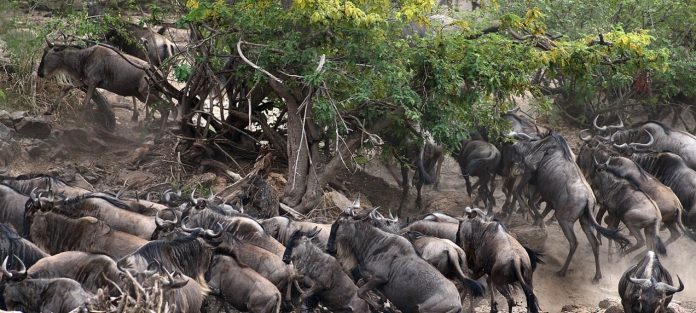By UN Environment
From whale sharks to Monarch butterflies, many animals are hardwired to migrate along set routes in search of food or a breeding area—and in some cases they’ve been doing this for tens of millions of years. The Arctic tern migrates the longest distances of any animal, flying over 25,000 km each year.
In the last 150 years or so, human activity and associated pollution, and human-induced climate change, have been reducing and altering habitats that had previously changed only very slowly over millennia. Many migratory species rely on wetlands as stepping stones en route to their final destination, but these ecosystems, like many others, are coming under increasing pressure.
As habitats change or shrink—North America is thought to have lost nearly 3 billion birds since 1970, including many migratory ones—the biodiversity emergency has reached a tipping point. “The rate of species loss is exponentially higher than at any time in the past 10 million years,” says United Nations Secretary-General António Guterres.
“The stakes are high,” says Joyce Msuya, Deputy Executive Director of the United Nations Environment Programme.
“The targets we set and the level of political will that we mobilize will determine whether or not we achieve the Sustainable Development Goals—the very highest ideals humanity has set. And importantly, this is the year when we overcome the silos because the biodiversity agenda is a climate agenda, and a climate agenda is a biodiversity agenda. Species loss exemplifies these inter-linkages. If we destroy the ecosystems and habitats that species need to thrive, then we destroy our own support system, putting many of the Goals beyond reach.” Read more…



